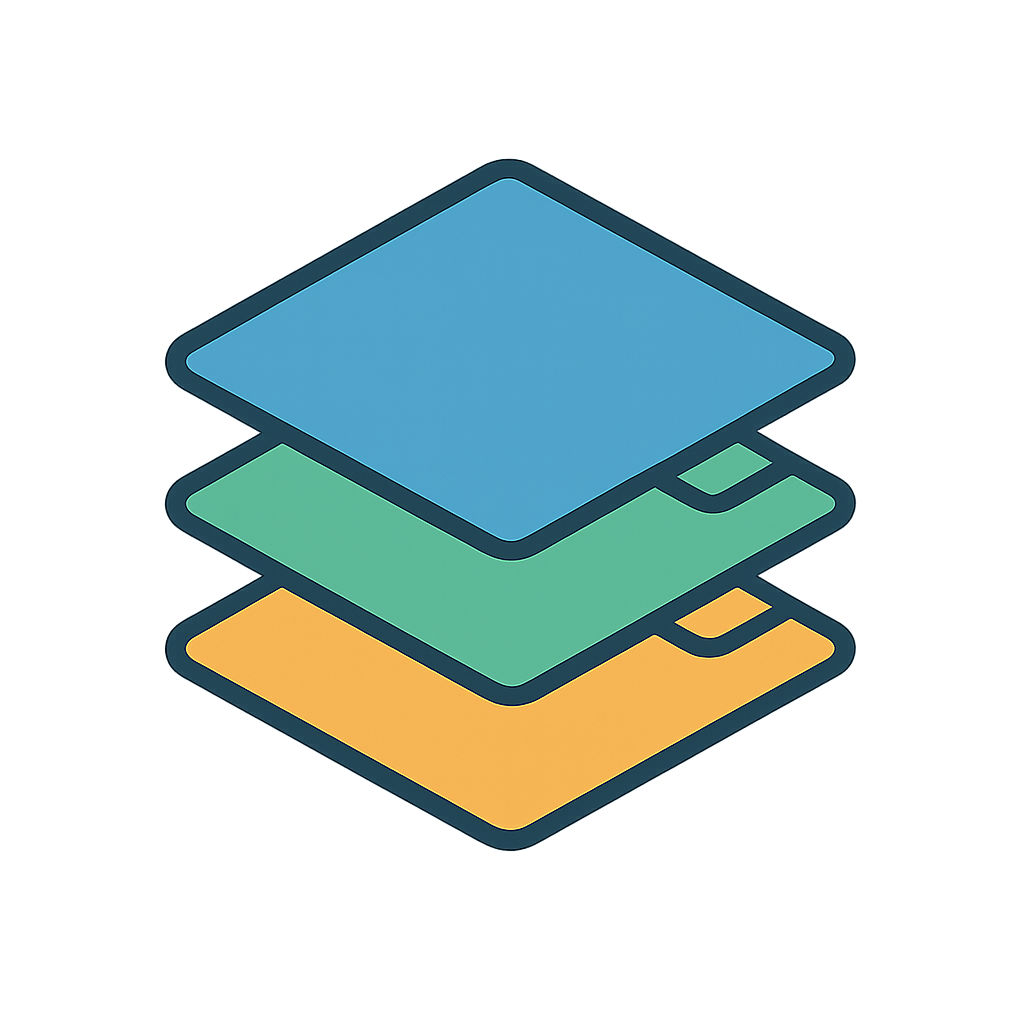- Composable Architecture composable architecture services
Taskscape designs flexible, modular systems—composable architectures—allowing rapid module swapping without full system rebuilds.
Organizations are shifting from monolithic applications to composable architectures by combining microservices, API-first design, and modular components to achieve greater business agility and faster time-to-market (Gartner, 2024). In Poland, demand for highly scalable, vendor-agnostic systems is growing.
Mentions of composable architecture in IT reports have surged by +42% year-over-year, reflecting accelerated interest (Gartner, 2024). The global composable applications market is expected to reach USD 11.8 billion by 2028, growing at a 17.5% CAGR according to MarketsandMarkets (2023).
Infoproduct example: Online Course “Composable Systems Masterclass – projektowanie modularnych aplikacji biznesowych w praktyce” (8 weeks, Polish case studies).
We’ve helped enterprise clients migrate from monoliths to composable systems, designing modular microservice architectures that reduced deployment times by 50% and minimized downtime during upgrades.
By conducting architecture workshops and prototyping, we ensure each module aligns with business domains and technical constraints.
We implement API-first design, domain-driven design, and event-driven patterns to decouple modules. Automated contract testing and service mesh integration ensure reliable inter-module communication.
Our CI/CD pipelines support independent module deployment, allowing teams to release features in isolation. Blue-green and canary deployment strategies further reduce risk during rollouts.
We use observability tools and feedback loops to monitor module performance, guiding iterative improvements and enabling rapid response to changing business needs.
Adopting composable architecture empowers organizations to innovate faster, reduce vendor lock-in, and adapt systems in real time—driving sustainable competitive advantage.

- Our Strategy
The first meeting
Understanding requirements
Together with the client we define the business case driving the customer needs. Specification of business requirements are subseqently used in rapid prototyping
The second step
Prototyping solution
Within just weekds the customer is involved in a series of prototyping sessions to gather feedback and improve the software model and the user experience using incremental steps in implementation and architecture.
Ongoing maintenance
Software maintenance
Customer receives a long term guarantee of ongoing cooperation and maintenance of the delivered software to ensure that the whole solution grows in tune with evolving business requirements.
- Contact Us
If you need more info, please speak with us by using the contact details provided below, or by filling in the contact form.
Call Us
Phone +44 (0) 786 979 64 76Our Location
71-75 Shelton Street, London, GB